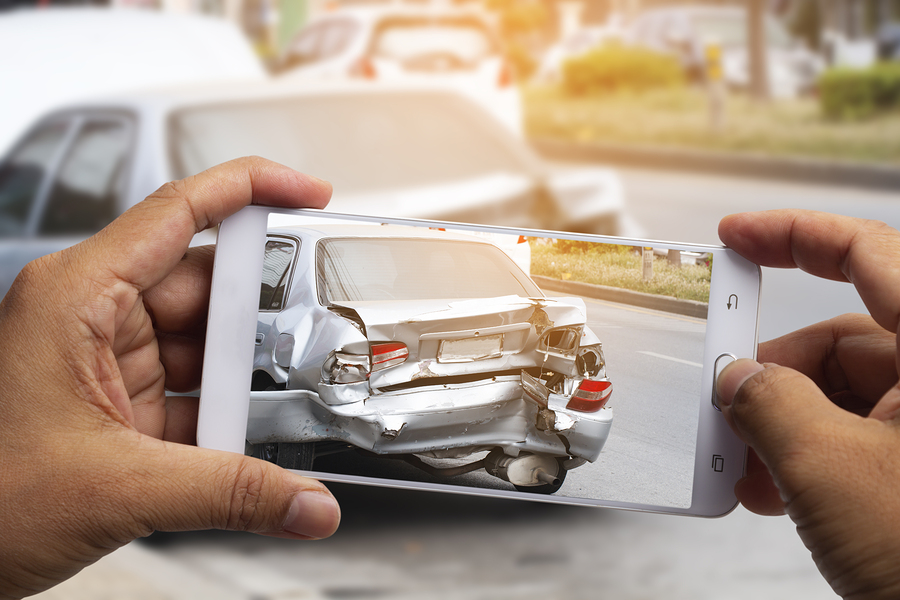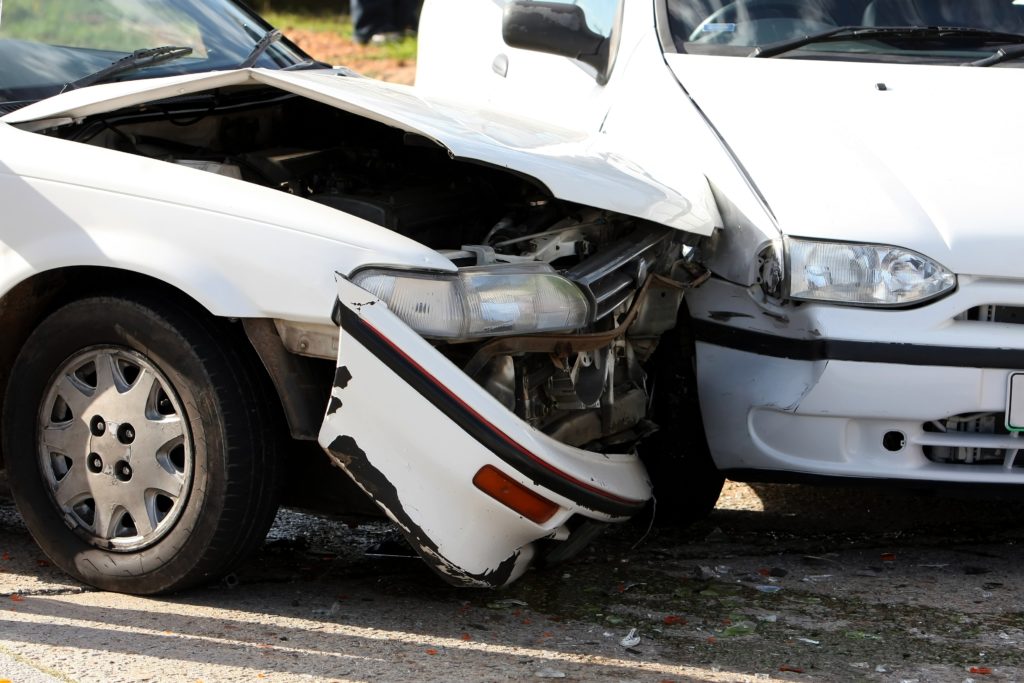
The North Star State boasts one of the lowest vehicular fatality rates in the nation. Certainly. that’s thanks in part to preventative measures. Additionally, how drivers react after a Minnesota car accident contributes to the safety and well-being of travelers within the state. Since accidents can leave you feeling frenzied, consider the next steps with a clear head before a potential accident arises.
Here we have compiled a checklist of what to do after a Minnesota motor vehicle accident. If you are involved in an accident, click here or download our PDF checklist at the bottom of the page to follow the necessary steps.
1. Move to a Safer Area
After an accident in Minnesota, those involved are legally required to remain at the scene. But for the safety of all parties, it is crucial that drivers and passengers remove themselves and their vehicles from the immediate area. Doing so distances you from oncoming traffic, virtually eliminating the risk of another accident. The shoulder of a highway or a nearby parking lot is a safer place to reconvene.
There are some exceptions. For instance, if a serious injury leaves someone immobile, have a first responder provide assistance when there is no immediate danger such as fire. Moving someone with a back or neck injury could lead to medical complications, possibly paralysis. In circumstances where vehicles are immovable due to damage, leave them behind and prioritize the people involved.
2. Check for Injuries
In a post-accident scenario, the shock you experience could mask your pain. Make sure to visually check your body for possible bleeding, swelling, and other signs of injury.
Do the same for passengers, especially those who are too young to verbalize their pain. Make sure they are conscious. If they’re capable of speaking, ask if they’re experiencing a headache, pressure in the head, confusion, or any general changes to feeling in the head. Damage to the head and unconsciousness are signs of a potential concussion.
3. Call the Police
After a Minnesota car accident, contact the police to assess and document the incident. Giving an officer an immediate description could result in a more accurate record. A police report may even protect you from false claims made by another driver.
With close to 80,000 annual reported accidents statewide, police officers encounter car crashes more frequently than the average Minnesota resident. They’re well-versed in pertinent questions to ask and trained to manage stressful situations. Police officers may even recognize signs of injury that passengers didn’t see.
Be as thorough as possible, but don’t admit guilt. It can be difficult to determine who is at fault until all the facts are compiled.
4. Exchange Information
Exchange names, addresses, dates of birth, vehicle registration, and insurance information with the other parties involved. After a Minnesota car accident, drivers are also legally required to show their licenses to involved parties who request it.
Ask whether the driver is the owner of the vehicle. If someone else is the owner, obtain that person’s name and address as well.
5. Gather Witness Information
An eyewitness can help to paint a clearer picture of the factors that contribute to a car crash. Witnesses see accidents from an angle that differs from that of the parties involved. They are unlikely to personally know the passengers, so their statements are more likely to be seen as reliable and impartial.
A statement from a reliable eyewitness may help you defend against false claims and prove when another driver is at fault. It is best to ask witnesses as many questions as you can immediately following an accident. It is, however, wise to get names and contact information in case you need additional information later.
6. Take Pictures and Document Evidence
In certain scenarios, filing a report with Driver and Vehicle Services is a requirement after a Minnesota car accident. When a car accident leads to property damage that meets or exceeds $1,000, death, or injury, a report must be filed within 10 days.
Snap pictures that show the positions of the vehicles, ideally before the cars are moved. It is also helpful to get pictures or video footage of highway signs or street names to help you remember what direction you were headed. Also, get close up pictures of the damage.
Additionally, a photo record of visible injuries from the day of the accident and the days that follow could assist healthcare providers in Minnesota in determining a course of treatment.
7. Seek Medical Attention
As a driver, you must provide reasonable assistance if someone becomes injured; contact first responders as soon as possible.
After an accident, report all of your symptoms to a healthcare provider in Minnesota even if they seem insignificant. Common symptoms, such as weakness and nausea, could indicate a serious issue like internal bleeding.
It’s important to remember that not all injuries are immediately noticeable. It can take hours, even days for injuries to present themselves. Monitor how you and other passengers are feeling in the days following an accident.
8. Keep a File of All Documents and Information
Collect as much information as you can at the scene including license plate numbers, names and badge numbers of officers, and witness accounts. Keep all of these documents in one place where you can locate them easily.
As time passes, you may discover that the extent of damage is more severe than you initially thought. That is one reason why a civil lawsuit can be filed up to six years after a Minnesota car accident. Keeping a file of medical records, receipts, photos, and any other paperwork involved can help you prove your ailments stemmed from the accident. If you lose income as a result of a car crash, paystubs can serve as proof.
Also file paperwork related to vehicle damage and repairs such as estimates, and insurance information. You can request a crash report from the Minnesota Department of Safety for your records.
9. Contact a Personal Injury Attorney to Protect Your Rights
If you or someone dear to you is involved in a Minnesota car accident, Sand Law will relentlessly pursue compensation on your behalf. The personal injury attorneys at Sand Law have a wealth of experience. Our lawyers are experts in challenging both insurance adjusters and defense lawyers. Contact us online or by phone at 651-291-7263 for a free consultation.
What To Do After A Car Accident Checklist - Sand Law LLC


